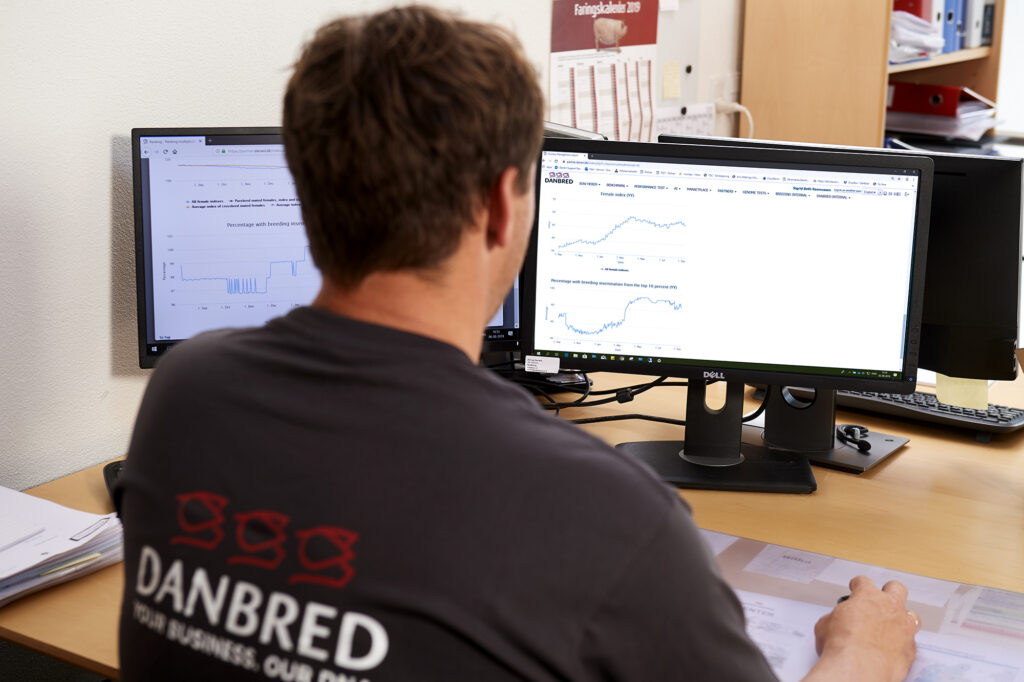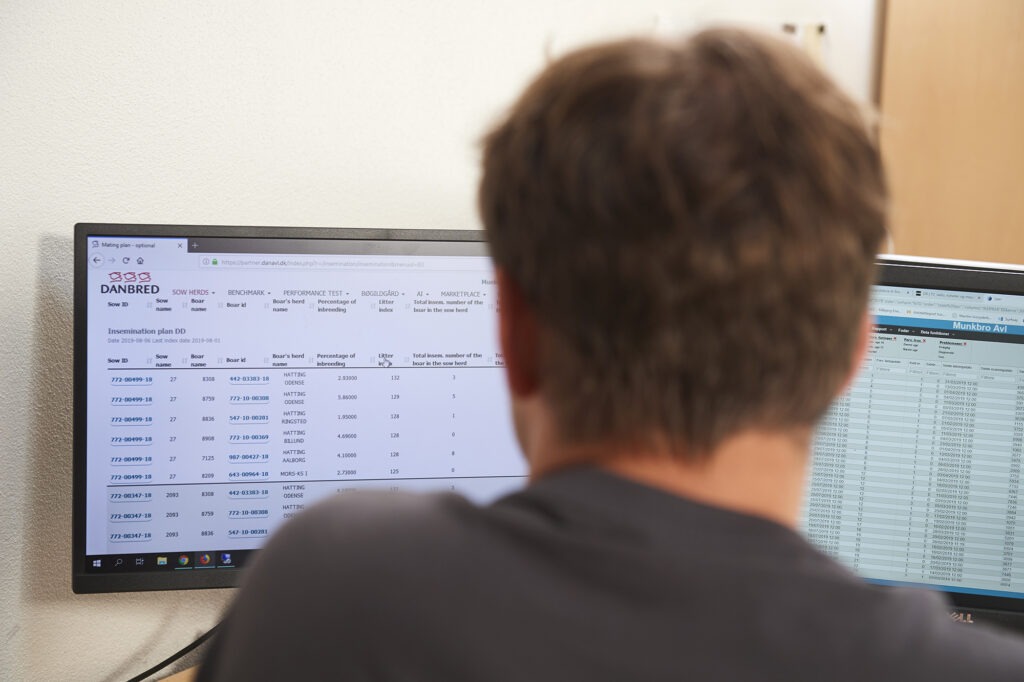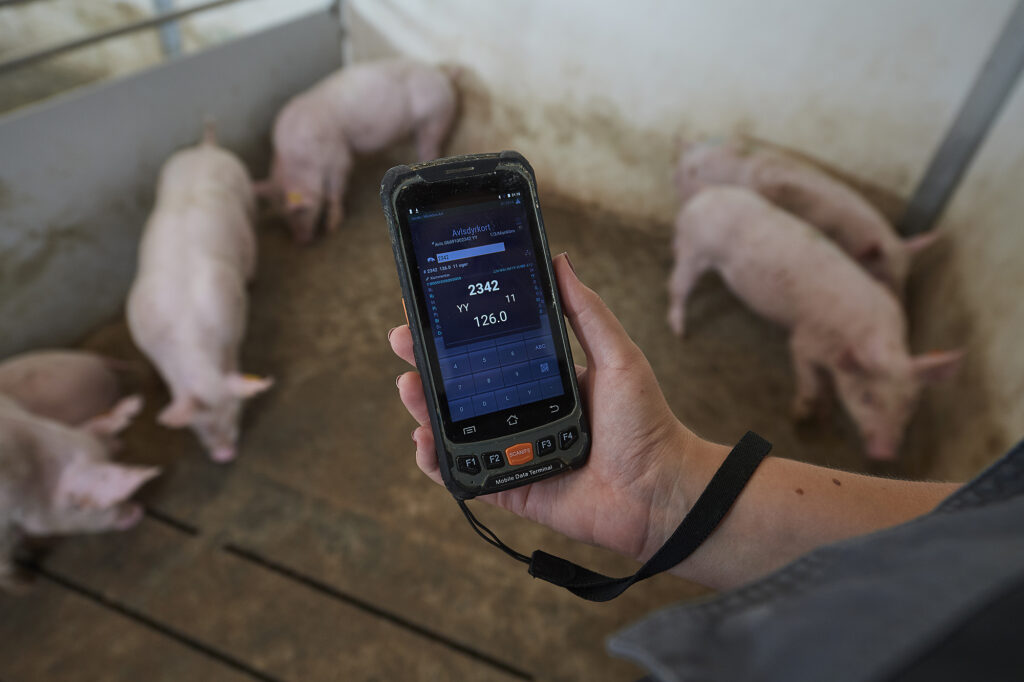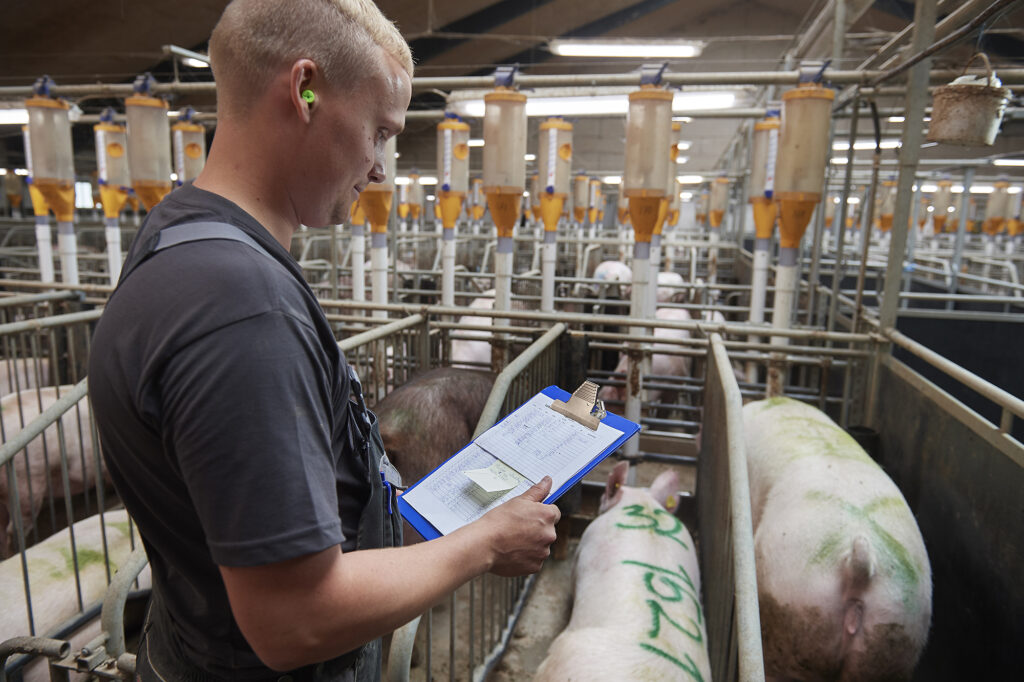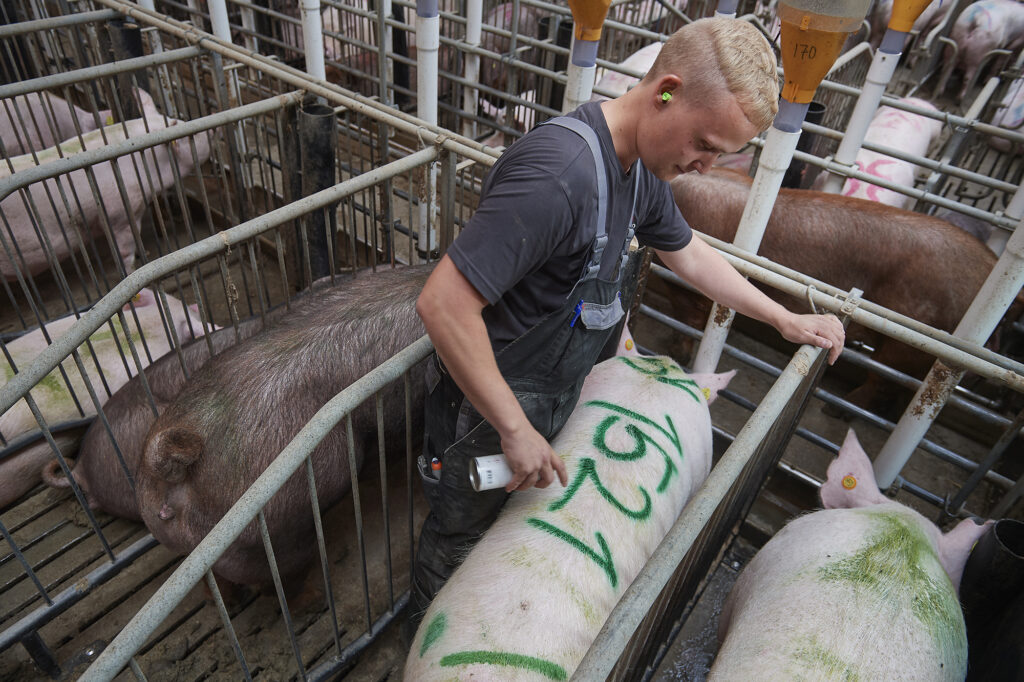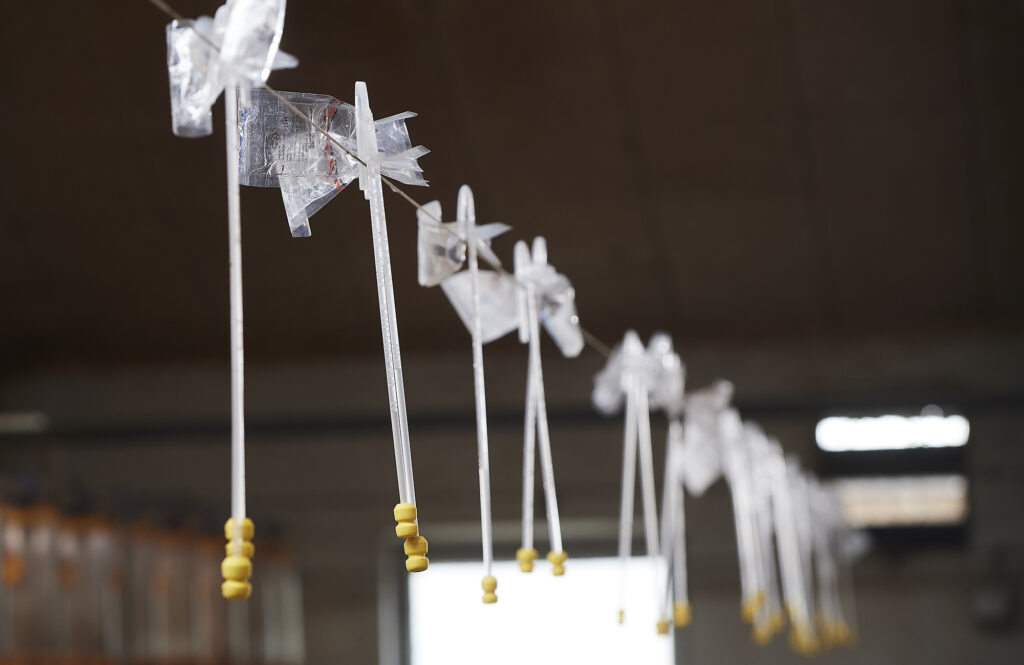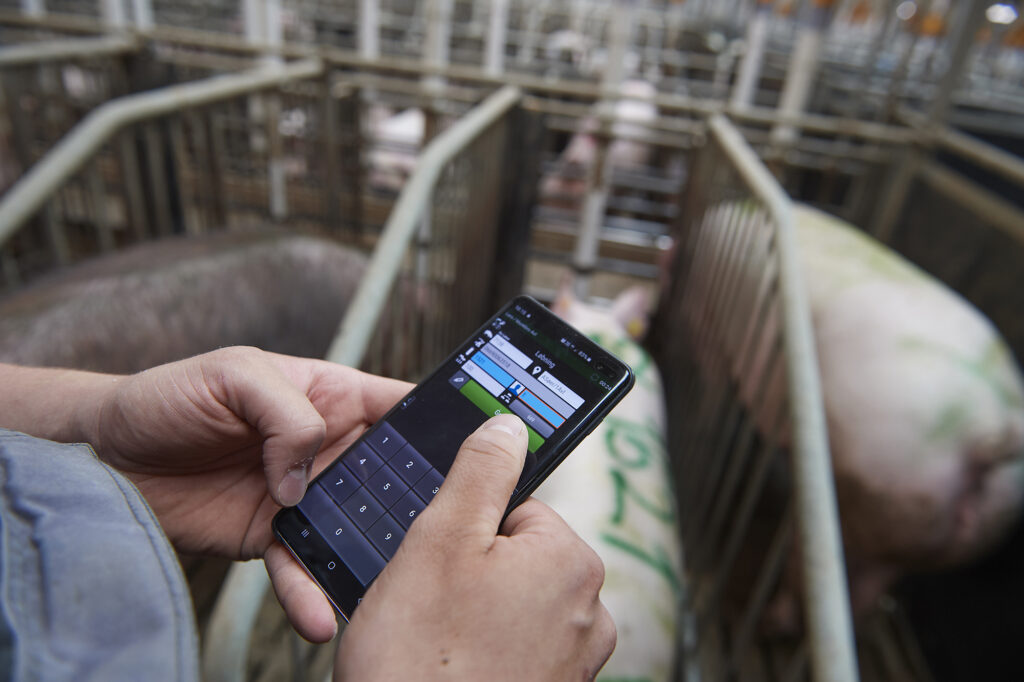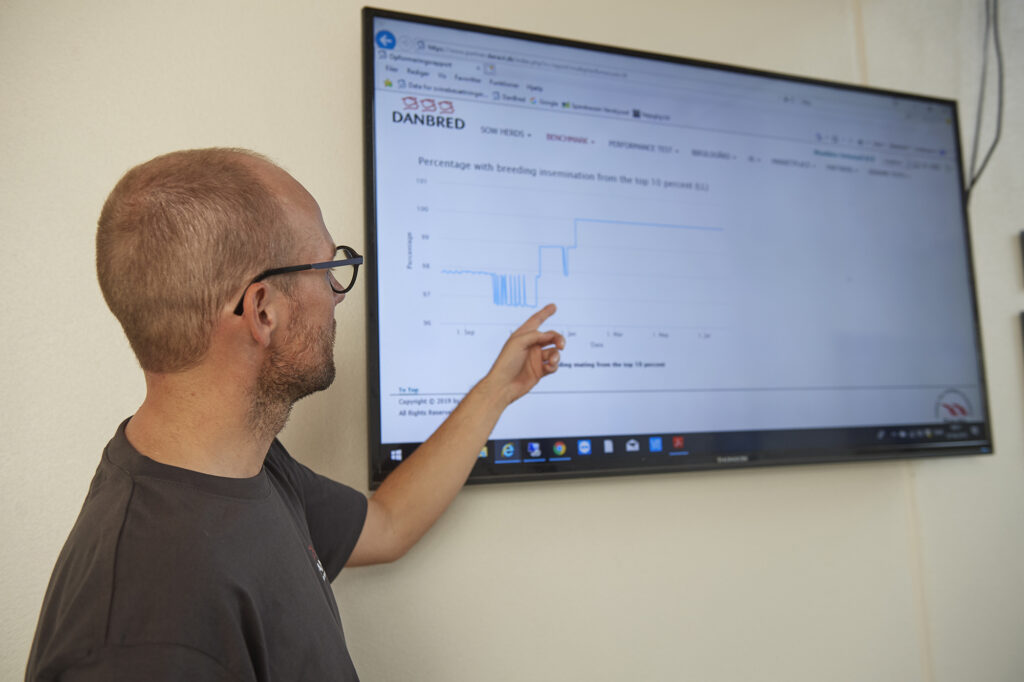GenePro Planning
Overview and planning are keywords in GenePro. No matter which breeding strategy the herd chooses, GenePro will require minimal extra effort which generates great value in return. GenePro planning is closely related to the chosen breeding strategy and operation of the mating unit.
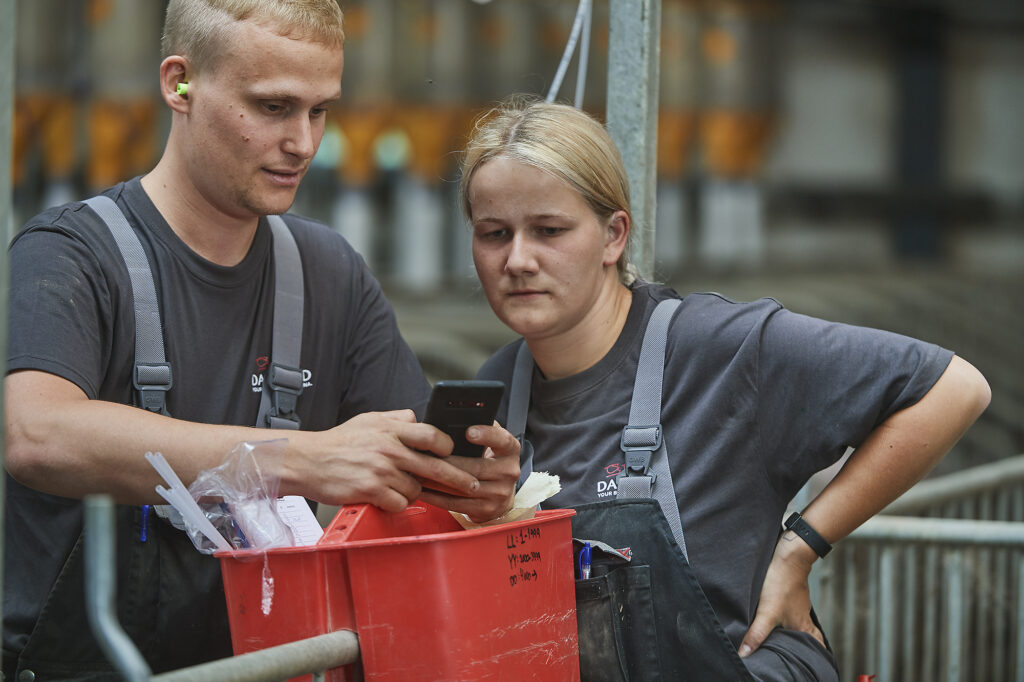
Genetic level
One of the biggest advantages of using GenePro for on-farm production of gilts is that the herd can be managed in a closed biosecure set-up where the genetics are introduced via semen, without having to buy in breeding stock. This is advantageous for maintaining herd health by protecting against outside infection.
Genetic variation and security
To maintain a high genetic level in a closed production system it is necessary to:
- always select the best sows and gilts for the next generation;
- maximise genetic variation by avoiding litter siblings;
- use DanBred semen with the highest possible index;
- ensure wide family variation by using many different boars.
It is beneficial to use Nucleus Management and DanBred’s online tools for an optimisation of the herds’ breeding strategy.
|
|
|
Next generation: Selecting parents
Selection provides the basis for the next generation of gilts in the herd, making it one of the most important tasks in breeding management in an on-farm replacement setup.
Effecient selection
It is important to always develop the genetic level in the herd by using the animals with the highest genetic potential, so the herd continuously keeps up with DanBred’s breeding progress. DanBred makes it easy to follow herd developments with the weekly index calculation for herds using Nucleus Management.
- Using the list sows and gilts ready for mating makes it easy to select the animals with the highest index.
- All selected animals must be evaluated physically, to ensure that good physical conformation follows high index for all females used for breeding.
|
|
|
Replacing and optimising the supply of gilts
It is important to have a sufficient supply of gilts, but the number should always be optimised as an overproduction of gilts will adversely affect your bottom line. This can occur if surplus females are slaughtered before mating or if the replacement percentage is too high.
The prerequisites for a stable supply of gilts:
- Annual replacement: roughly 50%;
- Mating for breeding purposes: roughly 8%;
- Monitoring gilt supply: keeping gilt supply and gilt demand aligned week by week.
The following points are important for optimising the number of gilts for replacement in the herd:
- Farrowing rate
- Litter size
- Mortality/removal rate
- Internal selection criteria.
| EXAMPLE for 1,050 sows | |
|---|---|
| 50 sows per mating batch | 2.33 litters/year/sow |
| 22% of which are gilts | 11 gilts |
| 7.5% mating for breeding | 3–4 per week (4-4-3-4-4-3) |
| Expected number of gilts born per week | 25-27 |
| Utilisation, birth to mating | 50 % |
| Gilts ready for mating per week | 12-15 |
How often are breeding litters made?
It is possible to make breeding litters every week or gather the breeding litter with intervals, also referred to as batch operation. Both strategies have advantages and drawbacks, and several factors are at play:
Weekly
- Optimised flow: there is a constant supply of gilts with breeding litters every week.
Batch operation:
- More breeding litters per batch: for a purebred nucleus, it is beneficial to gather the purebred matings at wider intervals to increase the number of purebreds bred simultaneously.
- Bigger groups of gilts which are easier to sort into batches according to size.
- The option of grouping purebred sows e.g. a three-week batch operation, keeps purebred sows and gilts separated from the hybrids during gestation.
|
|
|
One litter, one boar
Correct parentage is the core of every breeding system, no matter if this entails the global DanBred breeding scheme or an on-farm GenePro set-up. To maximise the genetic potential, it is important to know the parental origins of all gilts.
Correct parentage is ensured by:
- using only one boar per litter: i.e. the same boar is used for both the first and second insemination for all inseminated females.
|
|
|
- always making sure that two semen doses from one boar is available for each of the sows and gilts which are to be mated.
- making sure to write down and register the boar used at first insemination, this makes it easy to control when doing the second insemination.
|
|
|
Keep up with breeding progress
It is important to utilise the benefits provided by DanBred and not compromise on the herds’ breeding progress. GenePro provides access to various tools and opportunities to ensure the herds’ breeding foundation.
Trust DanBred’s index: The index expresses the animals’ genetic potential and production-economics value. The herds’ index level determines the speed at which you benefit from DanBred’s breeding progress and the subsequent financial benefits.
|
|
|
Nucleus Management herds are ranked in the same manner as the DanBred multiplication herds. The herds are ranked according to the index of cross-breed litters.
It is important to monitor the index level over time and maintain or increase this to ensure the implementation of breeding progress on-farm.

